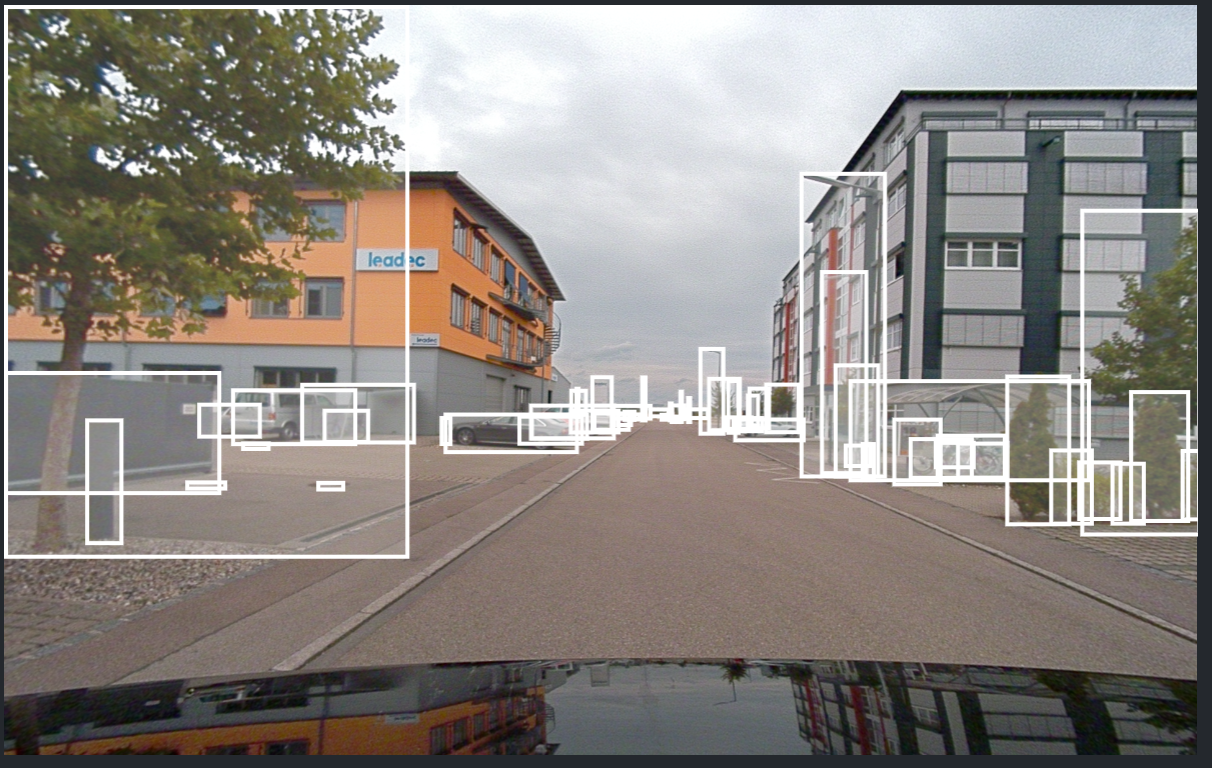Accelerating ADAS Model Development through 2D and 3D Annotation
Challenge
A leading autonomous vehicle manufacturer sought to enhance the safety and accuracy of its Advanced Driver Assistance Systems (ADAS). Their existing perception models, responsible for object detection, lane keeping, and pedestrian recognition, were underperforming in complex urban and highway environments.
The core issue stemmed from insufficiently labeled training data, particularly across varying camera perspectives, sensor modalities, and lighting conditions. The dataset consisted of multi-sensor images and LiDAR streams that required precise 2D bounding boxes, semantic segmentation, and 3D point cloud annotations.
Additional challenges included:
High-Volume Data: Over 250,000 frames per week from multiple vehicle-mounted sensors.
Multi-Sensor Synchronization: Aligning LiDAR point clouds with camera feeds for accurate object positioning.
Complex Class Taxonomy: More than 80 object classes, including vehicles, pedestrians, road signs, lane markings, and drivable space.
Quality Consistency: Ensuring precision across diverse weather, lighting, and environmental conditions.
The client needed a scalable, high-quality annotation partner who could meet aggressive model training timelines without compromising accuracy.
DDD’s Solution
Digital Divide Data (DDD) deployed its specialized ADAS annotation team, comprising skilled annotators, quality auditors, and project managers with domain expertise in autonomous driving data. The solution combined AI-assisted labeling pipelines with rigorous human validation to achieve both speed and precision.
Key components of DDD’s solution included:
2D Annotation Excellence:
DDD’s team utilized polygonal segmentation and bounding box tools to label vehicles, pedestrians, and lane features. Real-time QA workflows ensured pixel-level accuracy for small and distant objects critical for model generalization.3D Point Cloud Labeling:
Using LiDAR visualization platforms, DDD annotators created 3D cuboids for vehicles and dynamic objects, accurately representing real-world geometry and motion trajectories. Custom calibration tools ensured perfect alignment between 2D images and 3D sensor data.Hybrid Human-in-the-Loop Pipeline:
AI-assisted pre-labeling models were integrated into the annotation workflow, reducing manual effort by up to 40%. Every frame was then passed through multi-layer quality checks, automated consistency verification, random sampling audits, and full manual review for critical frames.Scalable Project Management:
DDD’s data operations were distributed across multiple annotation centers in Africa and Asia, enabling 24/7 throughput. Dedicated project managers ensured real-time communication, weekly performance dashboards, and continuous process improvements using feedback loops.
Impact
Through DDD’s precision-driven and scalable approach, the client achieved substantial improvements in both data quality and model performance. Key outcomes included:
98.6% Average Annotation Accuracy, verified through IoU and mAP-based validation benchmarks.
40% Reduction in Project Turnaround Time through AI-assisted pre-labeling and optimized task allocation.
Enhanced Model Performance: Post-training validation showed a 15% improvement in object detection accuracy and a 12% reduction in false positives for pedestrian recognition.
Cost Efficiency: By leveraging DDD’s hybrid delivery model, the client achieved a 30% reduction in per-frame annotation cost compared to in-house operations.
The collaboration accelerated the client’s ADAS product release timeline and also set a new standard for data quality governance and process transparency in large-scale 2D/3D annotation programs.








